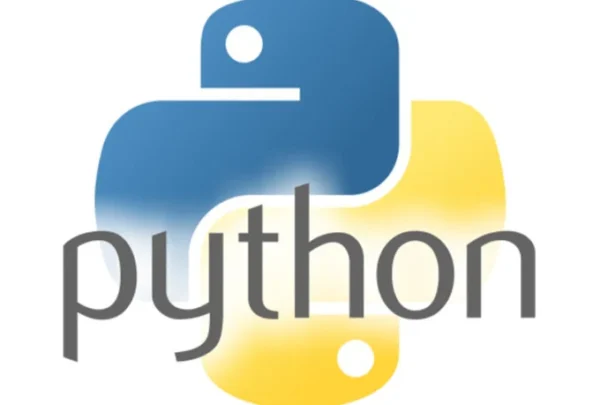Python is a versatile programming language, it stands out as an interpreted, high-level, and multi-purpose programming language, placing a strong emphasis on code readability. As a dynamically typed and garbage-collected language, it caters to a wide range of programming paradigms, including structured, object-oriented, and functional programming.
Often referred to as a “batteries-included” language, Python boasts an extensive standard library, providing users with a rich assortment of tools and resources. Embark on this learning journey to explore not only the fundamentals of Python, but also delve into advanced concepts such as object-oriented design and effective code organization.
Of course! Python is a high-level, interpreted programming language known for its simplicity and readability. It was created by Guido van Rossum and first released in 1991. Here are some key characteristics and information about Python:
- Readability: Python emphasizes code readability and uses indentation (whitespace) to define code blocks, making it easy to understand and write.
- Interpreted Language: Python is an interpreted language, meaning you don’t need to compile your code before running it. The Python interpreter reads and executes code line by line.
- General-Purpose: Python is a general-purpose language, which means it can be used for a wide variety of applications, such as web development, scientific computing, data analysis, artificial intelligence, and more.
- Dynamic Typing: Python uses dynamic typing, which allows you to change the type of a variable during runtime. This can make development faster but may require careful attention to type-related issues.
- Extensive Standard Library: Python has a rich standard library that provides modules and packages for various tasks, including file I/O, network programming, data manipulation, and more. This helps developers avoid “reinventing the wheel.”
- Community Support: Python has a large and active community of developers. This means there are many libraries and frameworks available, as well as extensive online documentation and resources for learning.
- Cross-Platform: Python is available for various operating systems, making it a cross-platform language. You can write code on one platform and run it on another with minimal modifications.
- Object-Oriented: Python is an object-oriented language, which means it supports the concepts of classes and objects.
- High-Level Language: Python abstracts low-level details, making it easier to focus on solving problems rather than dealing with system-specific issues.
- Open Source: Python is open source, and its source code is freely available for anyone to use, modify, and distribute.
- Large Ecosystem: Python has a vast ecosystem of third-party libraries and frameworks, such as Django, Flask, NumPy, pandas, TensorFlow, and more, which extend its capabilities.
- Versatile: Python can be used for a wide range of applications, including web development, data analysis, machine learning, scientific computing, automation, and more.
To start using Python, you need to install it on your computer. You can download Python from the official website (https://www.python.org/) and follow the installation instructions for your specific operating system. Once installed, you can write Python code using a text editor or integrated development environments (IDEs) such as PyCharm, VSCode, or Jupyter Notebook.






Reviews
There are no reviews yet.